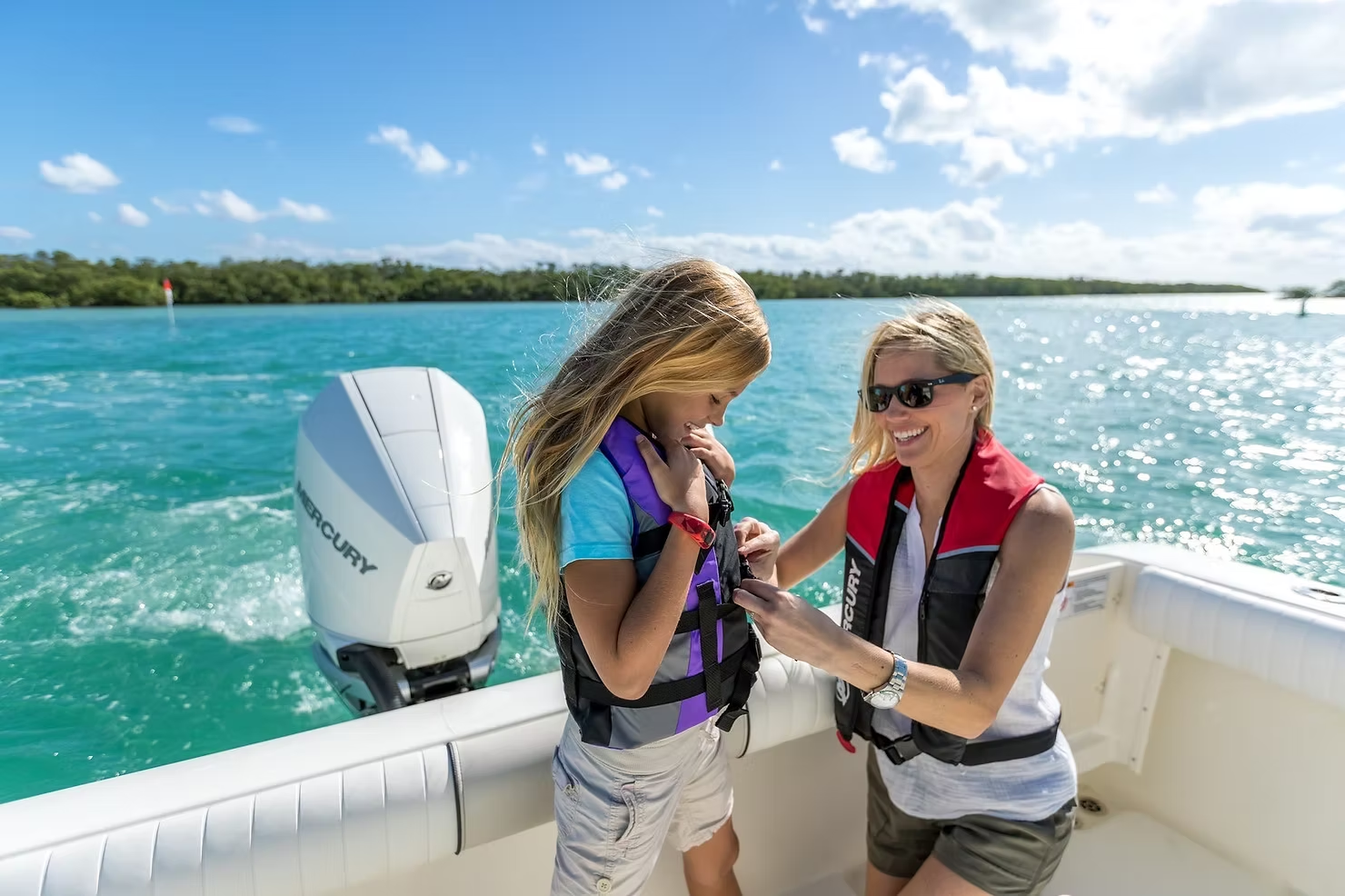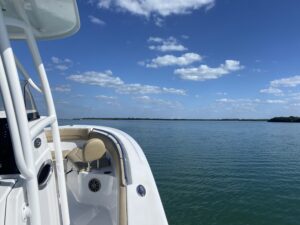Like an old friend, summertime weather beckons to us boaters. The sunshine, warm air and sparkling blue waters call us to come out and do what we do best… cruise! With this in mind, it is more important than ever to practice proper boating safety and etiquette to keep yourself and others out of harm’s way. Today’s we’ll go over how to navigate busy waterways when boating this year!
Never hesitate to ask Member Services for a refresher on anything we went over during your New Member Orientation!

Busy Waterways Right of Way Rules
The Rules are designed to tell you what to do when you operate your vessel near other vessels, and to help you avoid an accident–not to establish responsibility or liability if you get into an accident. When operating watercraft there is no “right-of-way” like there is on a street. You must always operate at a safe controlled speed for the situation in which you are boating, and any legally mandated speed requirements that there may be, such as a slow/no wake zone. To learn more about the boating right of way rules, check out this study guide from BoatUs.
For most situations, Boats are called one of the following.
- Give-Way Vessel – If you are the Give-Way vessel, you must act as if the “stand-on” vessel has the responsibility to keep going the way it is going. It is your responsibility to signal your intentions to the stand-on vessel, and it is your responsibility to maneuver your boat around the other in a safe manner. Also known as a “Burdened” vessel, as it has the burden of.
- Stand-On Vessel – If you are the Stand-On vessel, it is your responsibility to acknowledge the intended actions of the give-way vessel. You must also maintain your current course and speed until the give-way vessel passes, or you enter a dangerous situation.
Maneuvering Busy Waterways
The main situations of collision risk are overtaking, meeting head-on, and crossing. When one of two vessels is to keep out of the way (give-way vessel), the other, the stand-on vessel, must maintain course and speed. The stand-on vessel must take avoiding action when it becomes apparent that the vessel required to give way is not taking appropriate action.
The Crossing Rule
Rules state that when two power-driven vessels are crossing so as to involve risk of collision, the vessel which has the other on her starboard side (the give-way vessel) must keep out of the way.
As the give-way vessel it is your duty to avoid a collision. Typically, this means you must alter speed or direction to cross behind the other vessel (the stand-on vessel).
The Meeting Situation
At times there may be some doubt whether the situation is a crossing or a head-on meeting. In case of doubt, you should assume that it is a meeting situation. In which neither vessel has a clear-cut “right-of-way,” and each must act to avoid the other. Each vessel in a meeting situation must alter course to starboard so that each will pass on the port side of the other.
The Overtaking Situation
Any vessel overtaking any other vessel must keep out the way of the vessel being overtaken. The former is the give-way vessel and the latter is the stand-on vessel. This rule applies even if the overtaking vessel is propelled by wind, oars, or rubber band paddlewheel. A vessel is deemed to be overtaking when coming up with another vessel from a direction more than 22.5 degrees abaft (behind) her beam. This is the angle prescribed by the stern light.
Enlist the Help of a Spotter When Passing
We traditionally associate spotters with water sports. Someone to watch for a wakeboarder or skier who’s slipped into the water, for example. But this role can be especially helpful when you’re passing, too! Have your passenger keep an eye out for the boat you plan to overtake so that you never get too close to make your maneuver.
Get on the Water with Gulfstream Boat Club
There’s nothing like enjoying busy waterways out on the boat with family and friends. These summer weekends create lifelong memories that you will look back with nostalgia on. It is important that you know how to navigate these busy weekends so your family and friends can stay safe. Never hesitate to ask Member Services for a refresher on anything we went over during your New Member Orientation!
For a complete listing of the navigation rules, refer to the document “Navigation Rules of the Road” published by the U.S. Coast Guard (COMDTINST 16672.2 Series) and available through the U.S. Government printing office or on the web here.
#safetychecklist #seatowmembership #standonvessel #seatow #boatsafety #BoatingSafetyTips #BoatingSafetyTips #MemberTips #givewayvessel #safeboating #busywaterways #SafetyFirst #rightofway #BoatingTips


